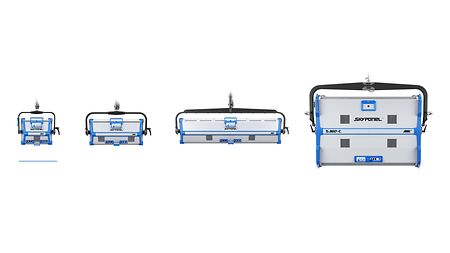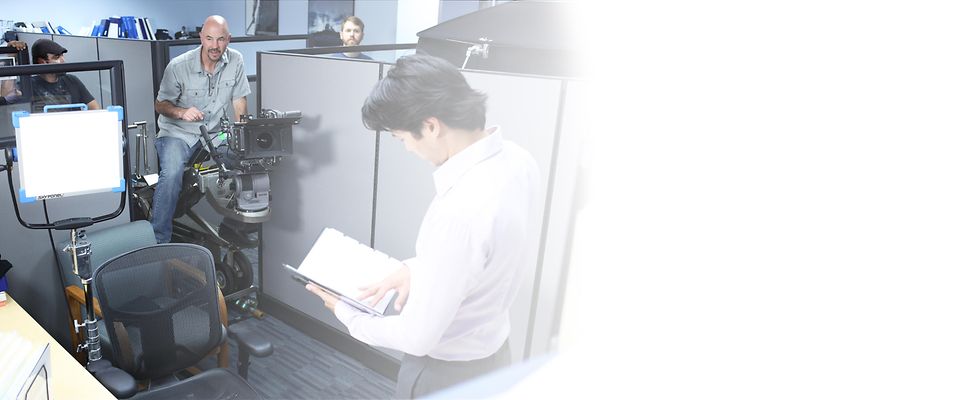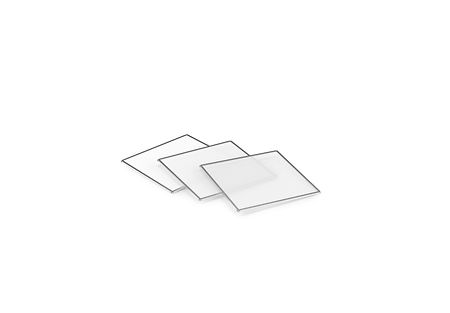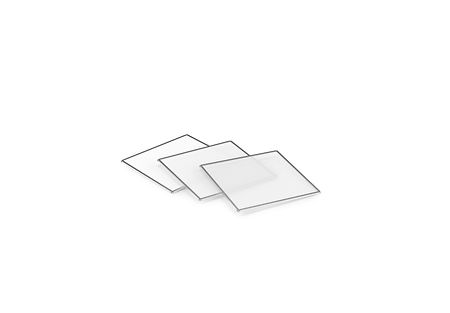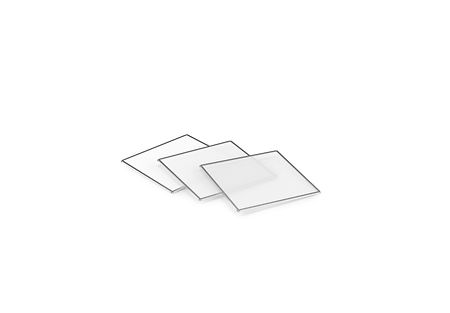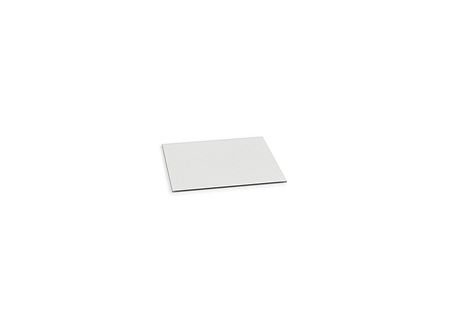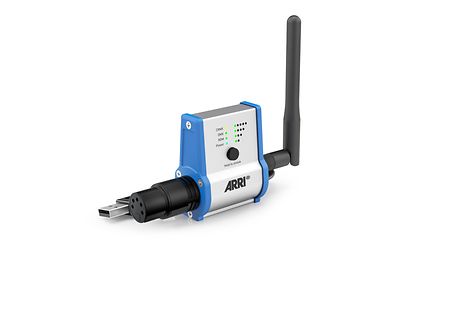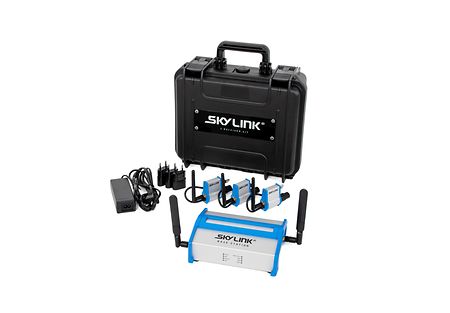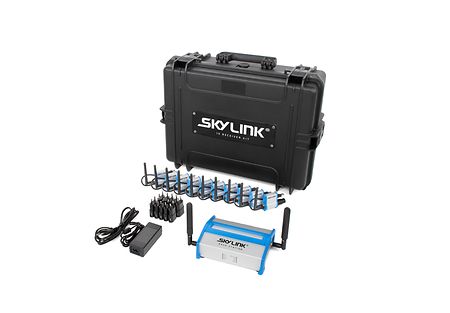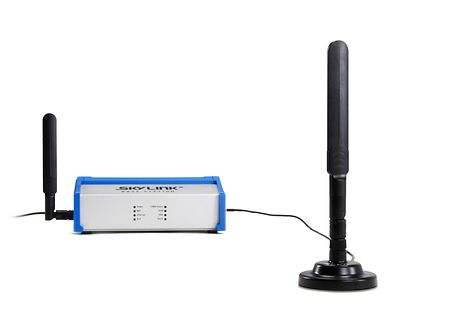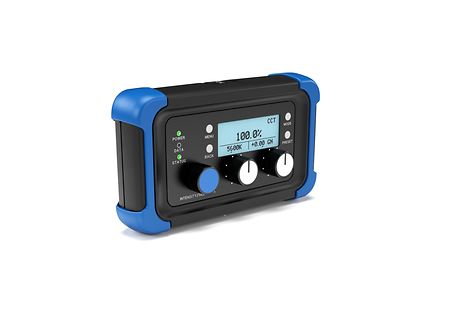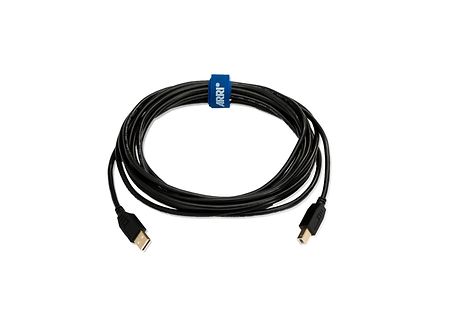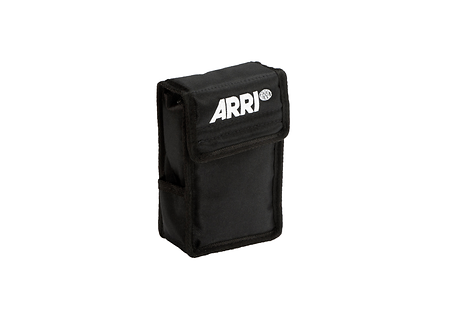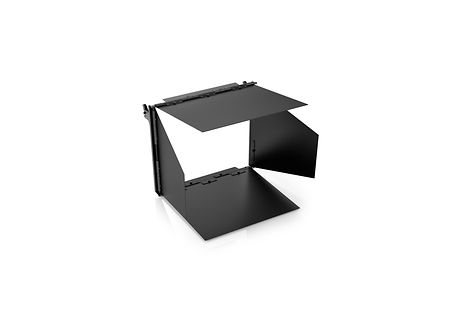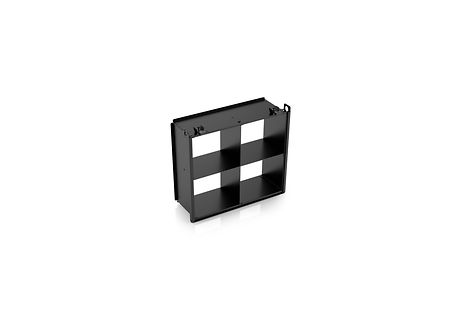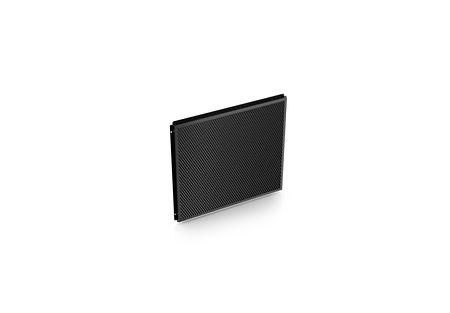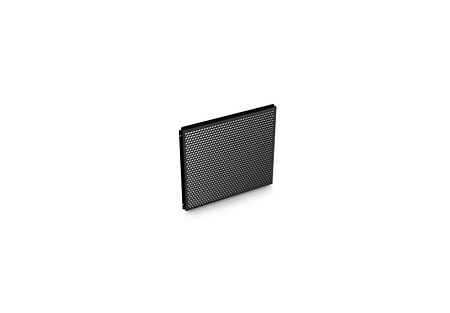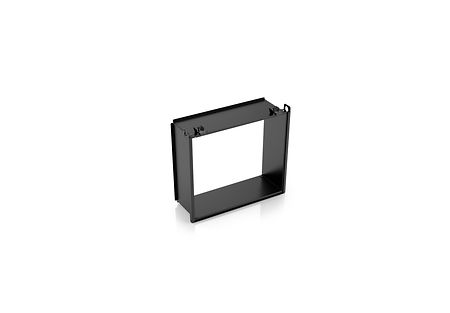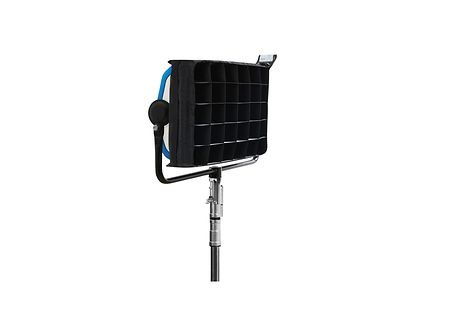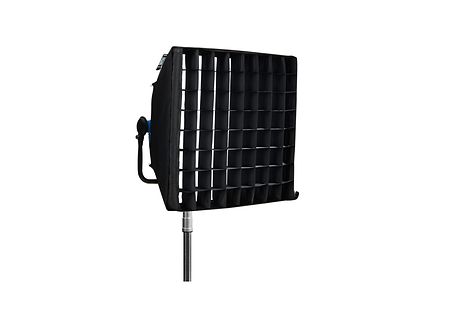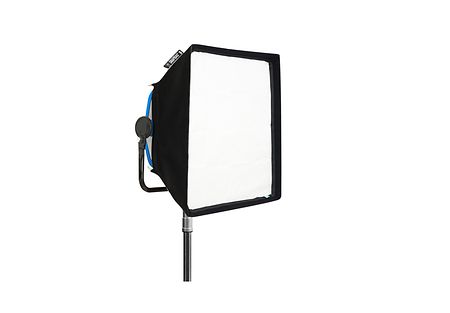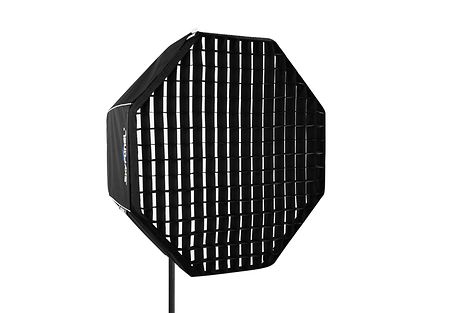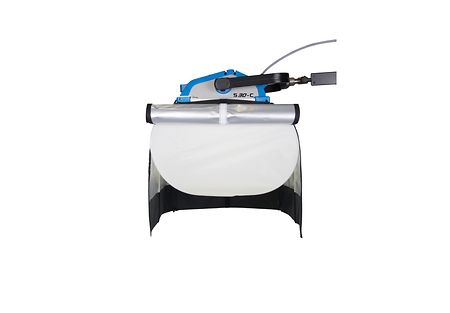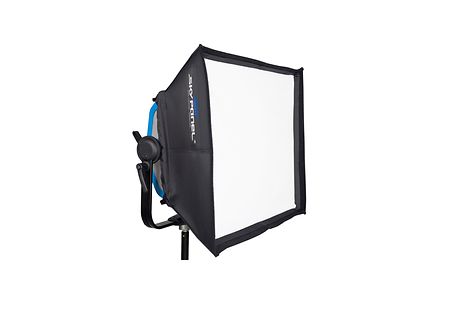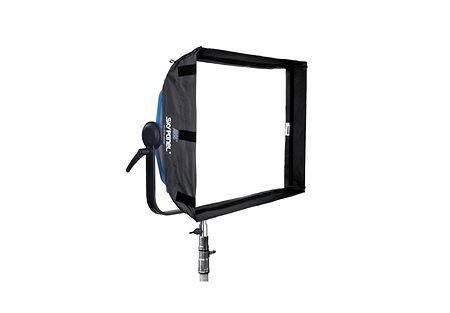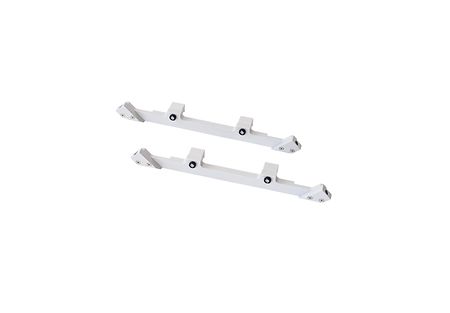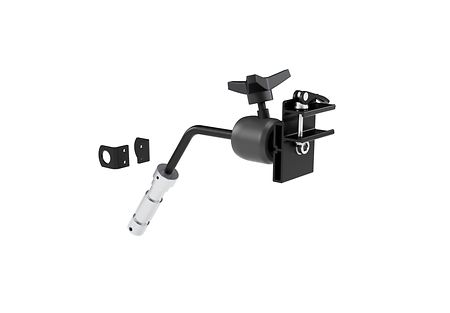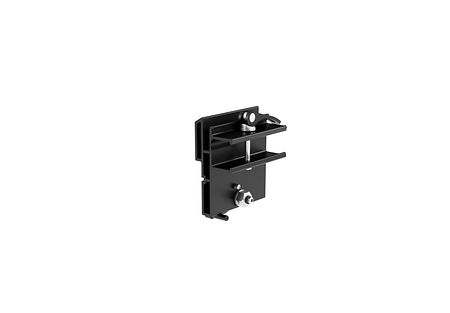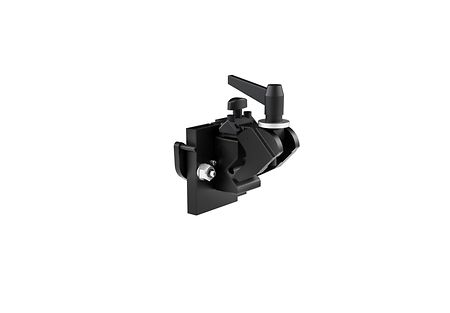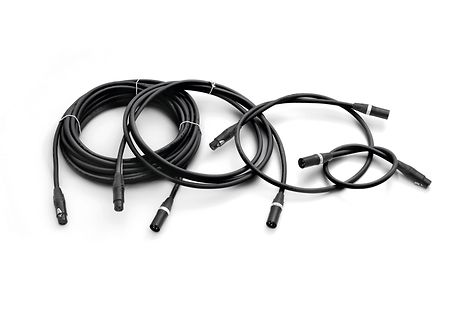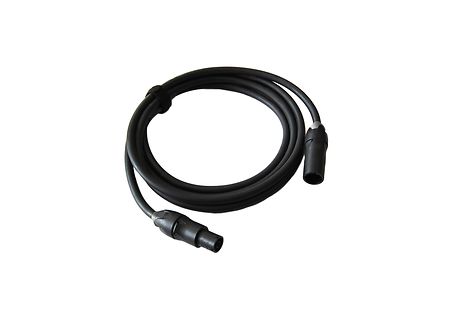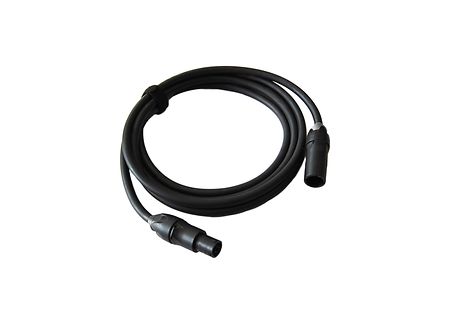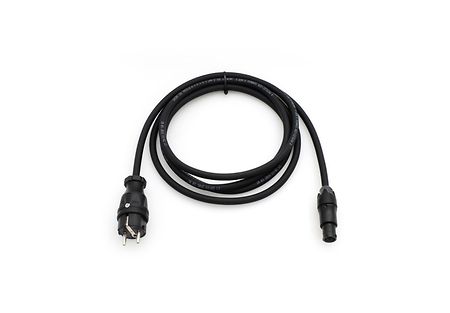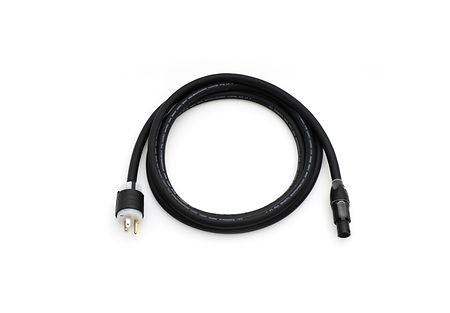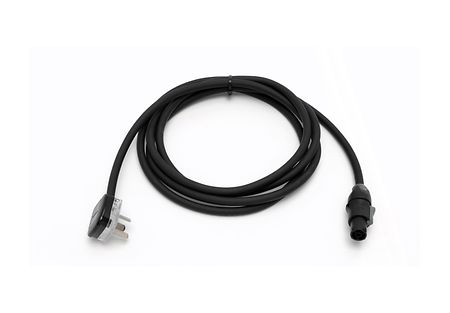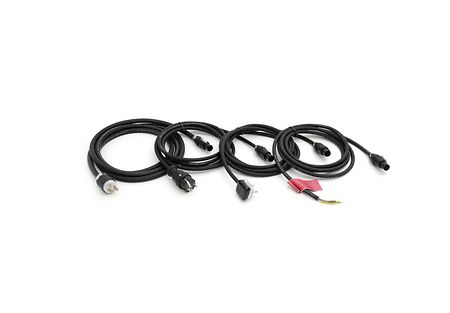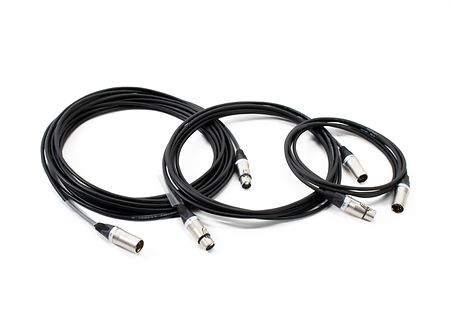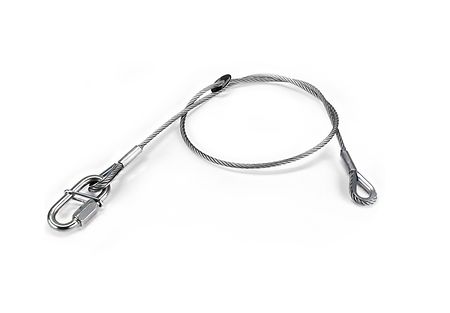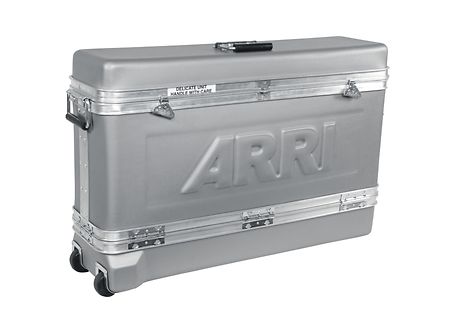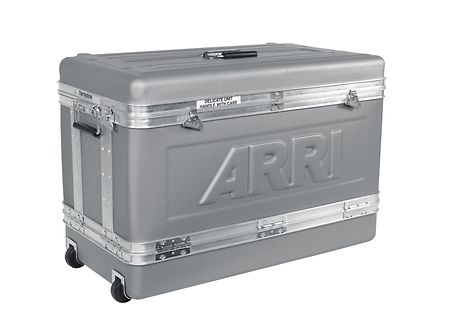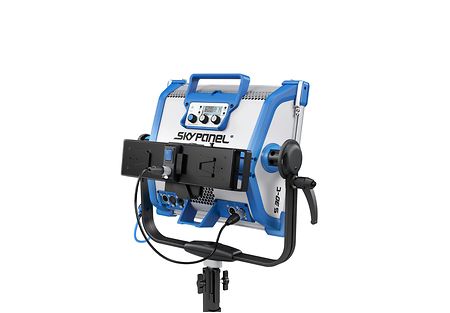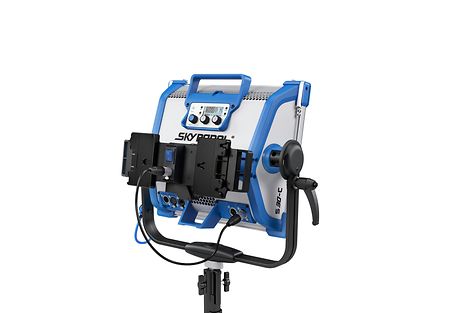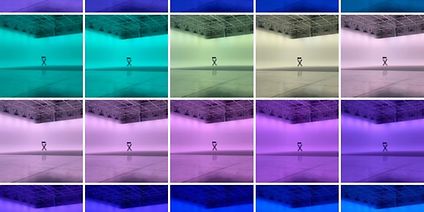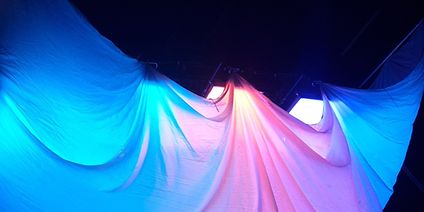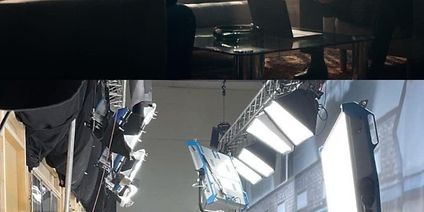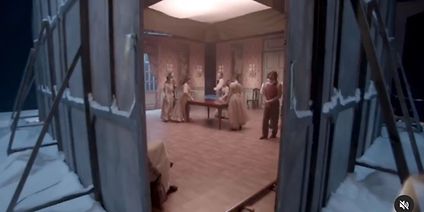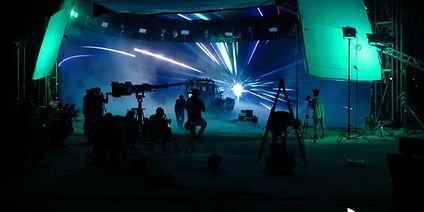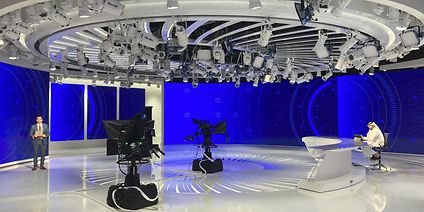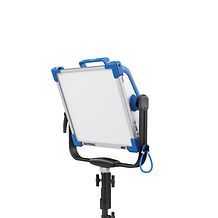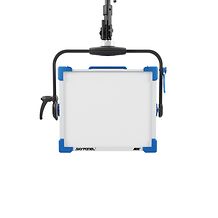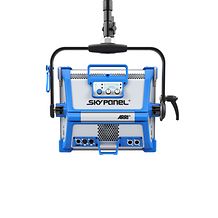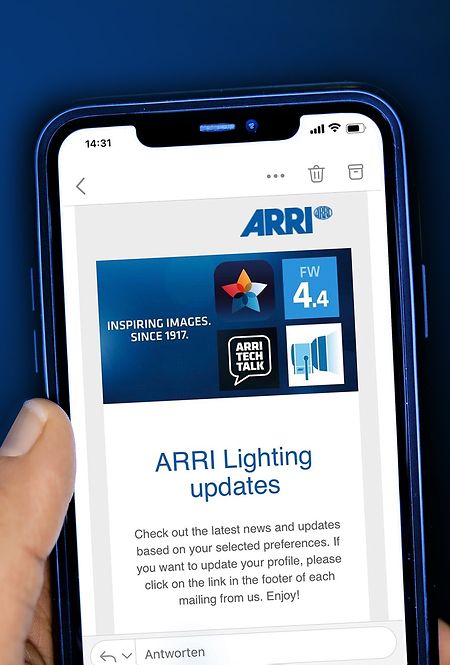Lamphead Type
LED Soft Light
Optical System
Swappaple Soft Diffusion Panel
Weight in kg / lbs net*
Manual Version: approx. 7.7 kg / 17.0 lbs
Pole Operated Version: approx. 9.5 kg / 20.9 lbs
Fixture only, incl. Diffusion: approx. 6.3 kg / 13.9 lbs
Weight in kg / lbs net packed*
Manual Version: approx. 14 kg / 31 lbs
Pole Operated Version: approx. 16 kg / 34 lbs
Measurements (HxWxL) incl. Pin in mm / inch*
Manual Version: 499 x 507 x 133 mm / 19.6 x 19.9 x 5.2"
Pole Operated Version: 567 x 504 x 133 mm / 22.3 x 19.8 x 5.2"
Measurements (HxWxL) excl. Pin in mm / inch*
Manual Version: 426 x 507 x 133 mm / 16.8 x 19.9 x 5.2"
Pole Operated Version: 452 x 504 x 133 mm / 17.8 x 19.8 x 5.2"
Measurements (HxWxL) Packed size in mm / inch*
470 x 665 x 300 mm / 18.5 x 26.2 x 11.8"
Housing Color
Blue/Silver, Black
Power Consumption
200 W Maximum
Lamphead Voltage Input
48 V DC
Light Aperture / Lens Diameter in mm
355 x 300 mm
Light Aperture / Lens Diameter in inch
14.0 x 11.8"
Beam Angle
105° (Half Peak Angle)
Handling
Aluminium Yoke, High-Strength Tilt Lock / Steel Yoke, Pole Operation for Pan & Tilt
Mounting
16 mm / 28 mm Combo Pin (Baby 5/8" / Junior 1-1/8" Combo.Pin) / 28 mm Spigot (Junior Pin)
Lamphead Power Connection
Male 3-Pin XLR - 15 Amp (Pin 1: Negative / Pin 2: Positive)
Battery Connector
Male 4-Pin XLR - 10 Amp (Pin 1: Negative / Pin 4: Positive)
Battery DC Voltage Range
23 to 36 V DC
Battery Mode Light Output
100 % of total output
Lamp Type
RGBW LED Light Engine
White Light
2,800 K to 10,000 K continuously variable correlated color temperature
Colored Light
Full RGB+W Color Gamut with Hue and Saturation Control
Color Temperature Tolerance
+/- 100 K (nominal), +/- 1/8 Green-Magenta (nominal)
Color Rendition
CRI Average > 95, TLCI Average > 91
Green-Magenta Adjustment
Continuously adjustable (Full Minusgreen to Full Plusgreen)
Dimming
0 to 100 % continuous
Control
On-Board Controller, 5-Pin DMX In and Through, EtherCon LAN network connectivity, USB-A, Art-Net
Wireless Control
Not integrated, via SkyLink
Remote Device Management (RDM)
DMX Setup, Hour Counter and Standard RDM Commands
Software / Mini-USB Interface
Ethernet: DMX Setup, Fixture Status and Firmware Upgrade through PC, Mac USB-A: Software Upgrade via flash drive
Ambient Temperature Operation
-20 to +45° C (-4 to +113° F)
Protection Class / IP Rating
III / IP 20
Estimated LED Lifetime (L70)
50,000 hours
Estimated Color Shift Over Lifetime (CCT)
+/- 5 %
Certifications
CE, UKCA, CB, ENEC, cNRTLus, FCC, PSE
Power Supply Unit
S30 PSU
Power Supply Input Range
110 to 240 V ~, 50/60 Hz
Power Supply Output Range
48 V DC
Power Supply Power Input Connection
powerCON TRUE1 (Bare Ends / Schuko / Edison)
Power Supply Power Output Connection
Female 3-Pin XLR to 10 Amp (Pin 1: Negative / Pin 2: Positive) powerCON TRUE1 (mains power through)
Weight in kg
approx. 2 kg
Weight in lbs
approx. 4.6 lbs
Measurements (HxWxL) in mm*
91 x 115 x 388 mm
Measurements (HxWxL) in inch*
3.6 x 4.5 x 15.3"
Control
On-Board On/Off Switch
Power Supply Mounting
SkyPanel PSU Super Clamp Adapter / Rail Mount Adapter
Power Supply Certifications
CE, UKCA, CB, ENEC, cNRTLus, PSE
